In most people’s impression, a fish is an aquatic pet that does not require much effort to take care of, it’s suitable for busy working people. If you neglect to take care of the fish in your aquarium and only think about feeding them, changing the water, or dealing with the weeds and algae in the water every once in a while, then I think your aquarium will become a mess in no time.
Content Table
Dropsy or bloating is a common disease of fish in aquariums and is easily visible to the naked eye, so it is a disease that can be detected early and treated effectively. If you want to know more specific aspects about this disease, why not continue reading the article?

Symptoms of Dropsy in Fish
If your fish shows signs of dropsy, it may be a sign of a serious infection. The gills may appear red and swollen, and the anus may be red or swollen. The fish may produce more mucus than feces. Its spine might even curve. In some severe cases, your fish may even die. The best way to determine if your fish is suffering from dropsy is to look for any of these symptoms.
Acute symptoms of dropsy can be difficult to notice until the disease is advanced, making treatment essential. However, it is possible to nurse the fish back to health if caught early. To keep your fish healthy, be sure to provide good water quality and high-quality food. Keeping the aquarium clean and stress-free is key. If you notice any of these signs in your fish, you should immediately take action to treat it.
Pot-bellied or ballooning appearance
One of the most common signs of dropsy in fish is a pot-bellied or ballooning appearance. The abdomen swells as fluid builds up in the tissues and cavities of the organs. In addition, the kidneys and spleen become swollen as well. Because these organs are unable to eliminate water, they become inflamed and can even bulge. If your fish is showing signs of dropsy, you should immediately isolate the infected fish from the healthy ones.
While this is an acute illness, the stress of treatment is not always a good thing for your fish. Most medicines should begin to show improvement in your fish within a week. If not, you can try different medications like doxycycline or amoxicillilin. If none of these treatments work, your fish might not live long enough to recover. You can also try introducing freshwater fish food to the quarantine tank and letting it recover.
As an aquarium owner, you should monitor your fish regularly for signs of dropsy. Even though it is not contagious, it is important to act quickly to prevent the disease from worsening. Dropsy in fish can be caused by several things, including poor water quality, ammonia spikes, and improper nutrition. There are many causes of dropsy in fish, but these are just a few of the most common ones.
If your goldfish or betta is swollen, you might suspect a water quality problem. The causes of dropsy in fish are typically high ammonia, nitrate, or nitrite levels, as well as disease-causing bacteria. This bacteria is often found in aquariums with excessive amounts of organic waste, including fish poop, leftover fish food, dead fish bodies, and plant matter. When these conditions combine, your fish will develop dropsy.
Fish bloating, gill problems, and kidney failure
Your fish will swell due to fluid retention. Additionally, their skin may appear stretched or discolored, and their scales may protrude. You should also notice if they’re not actively interested in eating or drinking water. If you suspect a dropsy infection, it’s a good idea to consult a veterinarian.
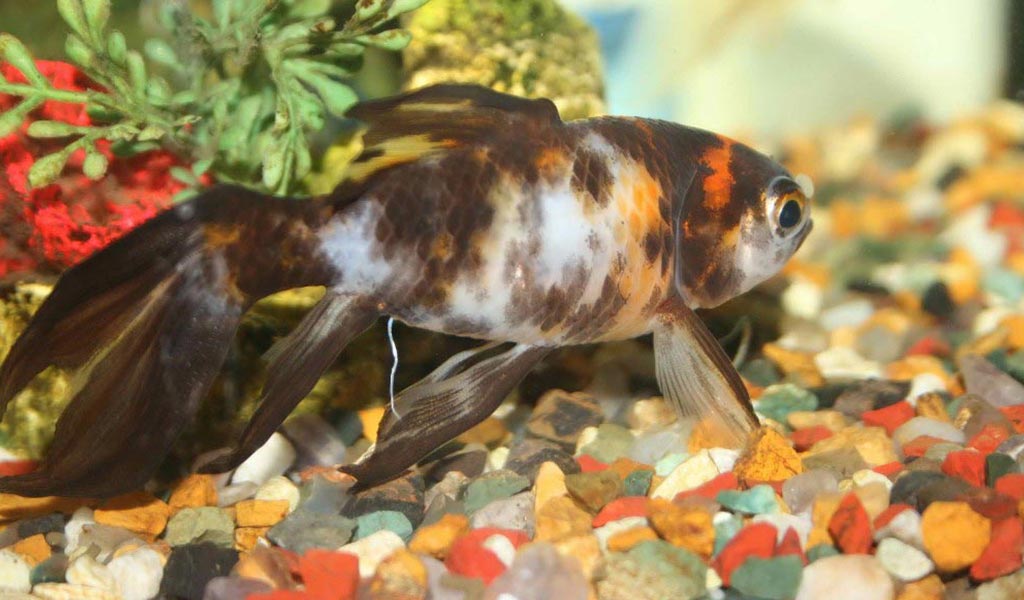
Guide to Treating Fish Dropsy
In addition to treating the symptoms of dropsy, aquarium owners must follow proper fish health care regimens to keep their fish healthy. Dropsy is a serious condition in which many different organs stop functioning properly. If your fish is suffering from dropsy, you should consider setting up a hospital tank for them.
Early stages of dropsy
To treat this disease, it is essential to recognize it in its early stages. A fish with the disease will have a swollen belly and a red, painful area on the skin. The first step in treatment is quarantine, which is essential to prevent the disease from spreading to other fish. However, this quarantine is only effective when the disease is caught early. Besides quarantine, it will also help to protect the fish by improving water quality.
If the disease is caused by a bacterial infection, some antibiotic is an ideal choice. When the symptoms persist, you can repeat the course of treatment to make sure the infection has been eliminated. Upon the completion of the treatment, you should monitor the remaining fish for any signs of the disease. If your fish still shows signs of dropsy, try different antibiotics.
Dropsy is caused by the Aeromonas bacteria. These bacteria live in aquariums and should be removed from the water if you suspect your fish of being sick. If your fish has significant belly swelling, it may be an indicator that the disease has affected its entire body.
Prevention is the best treatment for dropsy
Keep the water quality high, fish-free, and stress-free to avoid infection. Regular water checks will ensure good water quality for your fish. A diet high in nutrient-dense foods will help them maintain their nutrition and immune system. A stress-free environment will prevent dropsy from spreading to other fish in the tank.
Although tularemia is the most common symptom of fish dropsy, many other symptoms may be more serious. In some cases, the disease may even require the removal of your fish. Alternatively, you may have to euthanize the fish if it is suffering from extreme pain. In such cases, it is best to get professional help. Besides treating fish dropsy, you can also promote their health by maintaining a healthy environment.
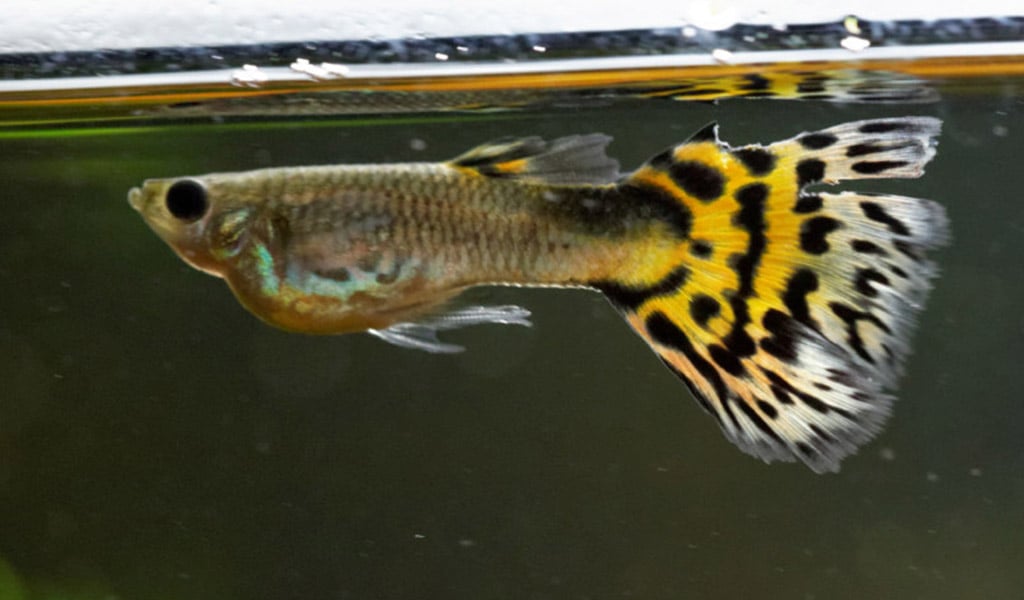
Bloating in Aquarium Fish- Causes and Treatment
If you have noticed that your fish has developed a condition called “bloating,” you’re probably wondering if it’s something that you can help with. There are several causes of bloating in aquarium fish, and there are some simple things that you can do to help your fish feel better. Despite the numerous causes of bloating, it’s important to identify this condition early.
Symbols of bloating
Fortunately, bloating is rarely contagious. Although there are some underlying causes of the condition, the symptoms of bloat in aquarium fish are usually not contagious. Some conditions, however, can be communicated. Protozoan infections and bacterial infections can be spread among aquarium fish. If you have a few fish, try to avoid feeding them foods that cause constipation, as this can lead to bloating in several animals. If your fish stops eating or suddenly avoids other fish, this is an indication that your fish has bloated.
Cause of bloating
A common cause of bloating in aquarium fish is an improper diet. The wrong diet can cause the digestive process to slow down. As the food accumulates, the intestines become blocked. The swollen stomach of the fish can make it difficult for it to swim properly, and it may even float to the surface. If you don’t address this problem immediately, your fish could die from constipation.
Other causes of bloating in aquarium fish are due to bacterial infection or the wrong diet. If your fish doesn’t eat enough fiber, it might have constipation. To relieve this condition, you can offer them de-shelled peas or starve them for 24 hours. However, be careful about treating your fish for dropsy as this will only make the situation worse. Instead, you should treat the underlying condition.
Treatment of bloating
Salt dip
This treatment can be helpful for both your fish and aquarium. A salty solution helps the digestive system of aquarium fish, and you can use a teaspoonful of Epsom salt per gallon of water. Make sure to add the salt gradually so that your fish does not suffer from shock. It is also recommended to dim the aquarium lights during the Epsom salt treatment, as low light can be calming to your fish.
Egg-binding
Egg-binding causes female fish to become swollen, but the scales will not be visible. It can also cause mortality in some species, especially sensitive livebearers. Fortunately, this condition is rarely fatal, but it can still cause a fish to die. If the condition isn’t addressed immediately, it may lead to severe health complications.
Treatment for bloating in aquarium fish is best if it is caught early in the disease. While the symptoms may be mild in the early stages, some fish can recover with antibiotic treatment. If the infection has gone on for more than one day, it may be more serious. Treatments for dropsy are also available. The most commonly used antibiotics for dropsy are metronidazole and Epsom salt. Using these treatments more often than recommended dosages should help your fish recover from bloating.
Depending on the species, bloating in aquarium fish is often an indication that a fish is pregnant. A pregnant female will often have a bulge in her belly 20 to 40 days after mating, whereas a fish that has been overfed may be simply getting fat. The bulge will not shrink when the fish is not pregnant, but you can give it three days to see how it reacts to a lack of food.
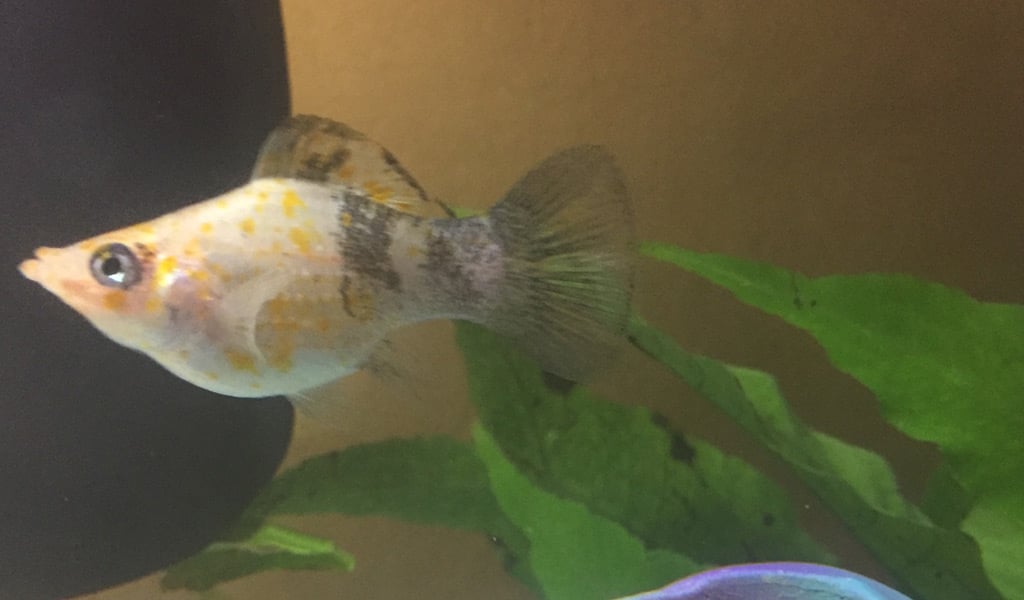
Prevention of Dropsy or Bloating in Fish
There are a few simple ways to prevent your fish from suffering from dropsy or bloating.
Firstly, your fish needs to be kept at a temperature that is comfortable for them. Fish that have bloat are often too cold or too warm for them, so a higher temperature may be better. Also, you should provide your fish with high-quality food, which is high in omega-3 fatty acids.
Constipation is another common cause of bloating in fish. Herbivorous fish often suffer from constipation. To prevent constipation, try feeding your fish more fiber-rich foods, such as tinned peas. Epsom salt is also an effective remedy for constipation, so try adding one teaspoon per five gallons of water to your fish tank. You should try giving it Epsom salt to prevent a bloated belly.
Another cause of dropsy is poor water quality. Fortunately, you can cure your fish of dropsy or bloat by treating the water with the right water conditioner.
While fish do not express their stress, the presence of aeromonas bacteria in the water makes it hard for their immune system to cope. Hence, you must identify the stress sources and address them. You should also treat your fish for any stress-related behavior, as excessive stress can lead to a deterioration in the immune system. When your fish suffers from dropsy, it will not be able to fight off the infection.
Inadequate nutrition can also cause dropsy, and this usually comes from feeding your fish low-quality food. Stress can also affect the health of your fish, especially if they are in a tank that is not compatible or is not properly stocked. A recently transferred fish may also experience stress because of the change in environment.
Prevention of dropsy in fish involves preventing bacteria from spreading and affecting the digestive system. As soon as you notice your fish showing signs of dropsy, you can start treating it with the appropriate medication. Many medications can be used regularly to treat dropsy, including nitrofurazone and doxycycline. If the problem is not resolved within a week, you can try a different medication such as amoxicillilin and doxycycline.
As soon as your betta shows symptoms of dropsy, you should take action. Start by monitoring the water quality. Swollen goldfish and bettas can indicate problems with the water quality. High ammonia, nitrate, and disease-causing bacteria are the most common causes. These bacteria are usually present in aquariums where there is a lot of organic waste – fish poop, fish food leftovers, dead fish, plant matter, etc. The combined effect of all these factors is what causes dropsy and bloating.
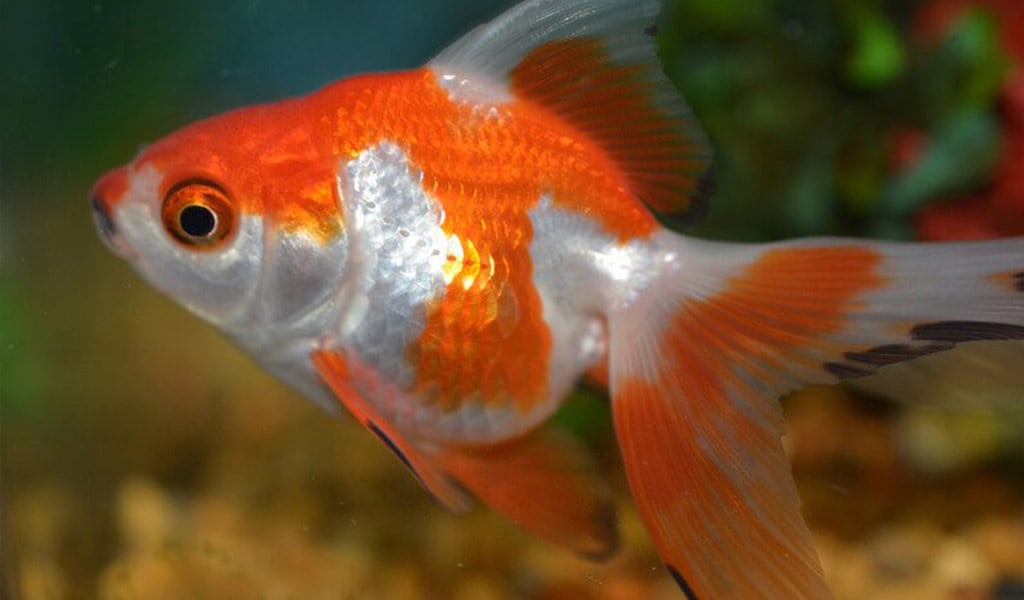
Conclusion: What If Your Fish Got Dropsy or Bloating in the Aquarium
A high-nutrient diet for your fish will help them recover from dropsy or bloating, and you can give them antibiotics. Antibiotics kill gram-negative bacteria, and 10 days should get rid of the infection. However, it is important to select the right medication for your fish. Some of them claim to cure the condition within a week. Most fish experts recommend treating your fish for 10 days. After this period, you should monitor the remaining fish for signs of the disease.
The cause of dropsy or bloating in aquarium fish is stress. You should try to minimize the sources of stress for your fish. However, it is important to keep in mind that potentially dangerous bacteria are in the water all the time and wait for a weak moment in your fish’s health to attack. The best way to avoid this problem is to minimize stress in your fish’s life.
Although dropsy or bloating are not diseases, it is a common symptom of a more serious condition. Your fish will experience bloating and a swollen belly, which indicates internal organ damage and the filling of their stomachs with fluids.
While most people don’t recognize the symptoms of this disease, it is easy to confuse dropsy or bloating with constipation. A fish with this condition will display a pine-cone shape, their anus will be swollen and their feces will be stringy. If your fish has dropsy or bloating, it will be difficult for it to swim and may even float to the surface. You may want to consider changing its food.
This disease is difficult to detect and often progresses to the point of death. It is important to treat your fish immediately as it can be fatal if not treated. Early detection is essential to prevent the disease from affecting healthy fish. You may need to reduce the water flow or hand-feed the fish for a short time. The fish may also require antibiotics.
If your fish is suffering from dropsy or bloating, you should try to give them a salt bath for 15 to 30 minutes. This bath should be warm and not too hot or too cold. Afterward, you should observe your fish for the duration of the treatment. Keep an eye on them to ensure that they do not show any signs of stress. Although higher salt concentrations are effective, they can cause damage to the fish’s mucus membranes.
Therefore, it is best to avoid raising the salt concentration suddenly. It will be better to maintain a low level of salt in the aquarium. This salt bath will provide a background tonic for the fish’s healing process.
Fortunately, most fish have a strong immune system. Infected fish will only contaminate their water, and the infected fish will eventually die. However, if you have multiple fish suffering from Dropsy, it is best to isolate them in a separate sick tank. Although not contagious, stress can weaken the immune system of fish. For this reason, hospital-quality tanks are preferred over home aquariums.
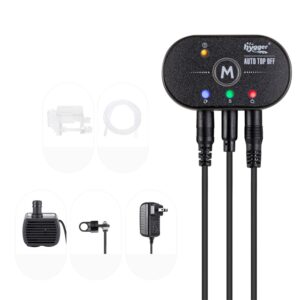
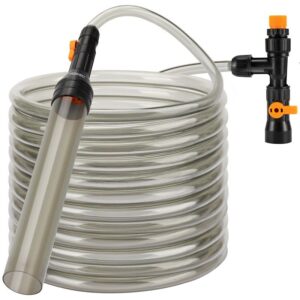
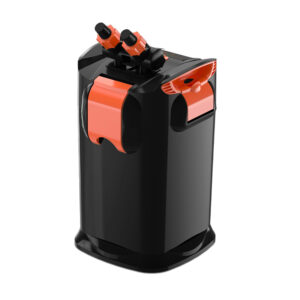
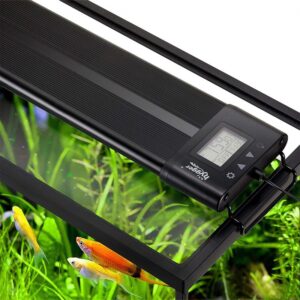
My goldfish condition is severe. Entire body swollen Sitting at bottom of tank. White secretions. 9 years old and 12” in size. How do I get antibiotics?
You can consult a veterinary or get some from your local fish store. Please treat it carefully.
One of my fish excretion is really long and seems to be doing this half of the day.
It could be a bacterial infection – it may cause dropsy or bloating in fish.